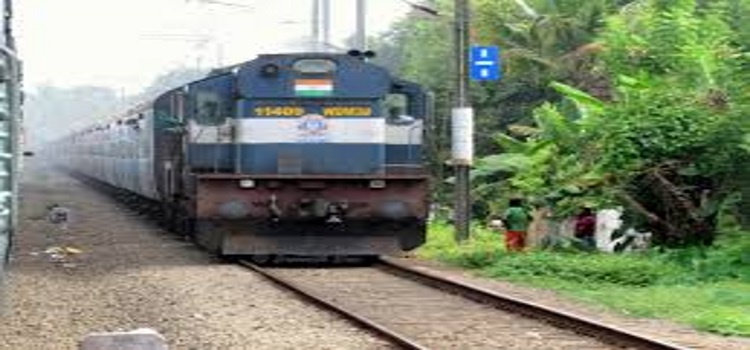
The Army is stepping up its synergy in operational logistics with the Indian Railways to ensure it can swiftly mobilize as well as switch forces between the western front with Pakistan and the eastern one with China much faster than what is possible now. The railways has been asked to give high priority to the army’s infrastructure requirements and increase the speed of exclusive trains carrying critical weapons and troops to facilitate faster mobilisation to areas bordering China and Pakistan, official sources said.
They said the railways had already started work on the specific requirements of the armed forces and even decided to give access to its online train monitoring system to the army so that it can track the movement of special trains taking weapons and troops to various locations.
The sources said the railways had also agreed to a proposal of the army headquarters to create dedicated facilities in several key stations in the Northeast for rapid movement of weapons to various sectors along the Sino-Indian border in Arunachal Pradesh.
The sources said the railways had been conveyed the strategic requirements by the top military brass.
The facilities will come up in Bhalukpung in Arunachal Pradesh, Silapathar and Makum in Assam, and Mokokchung and Dimapur in Nagaland.
The railways has also agreed to send its officials to various strategically important areas in the Northeast and along the border with Pakistan to understand specific infrastructure requirements of the army.
The railways is already building infrastructure for military requirements at different places in the country. This includes construction of concrete ramps for loading of tanks, howitzers and infantry combat vehicles on special trains in areas like Bhalukpong in Arunachal Pradesh, Dimapur in Nagaland, Silapathar, Missamari and Murkongselek in Assam, with an eye firmly on China.
“Concurrently, there is an increased focus on significantly enhancing the speed at which the special military trains run… trial runs are in progress. This will help in faster mobilization,” said an officer.
One of the harsh lessons learnt during the 10-month forward troop deployment along the western front under ‘Operation Parakram’, launched after the Parliament attack in December 2001, was that slow mobilisation would not do.
India had taken over a month to mobilize its forces for Operation Parakram, which had given enough time to the US-led international community to intervene as well as Pakistan to shore up its defences.
Since then, the Army has adopted its ‘Pro-Active Conventional War Strategy’, also called the ‘Cold Start’ doctrine, to practice swift mobilization for multiple offensives into enemy territory.
The Army, incidentally, uses 750-800 trains to relocate its battalions as well as move tanks, artillery, ammunition and other loads for exercises every year. “The Army pays railways around Rs 2,000 crore per year for this. For infrastructure development, the railways in some places in also using its own budget,” said another officer.
